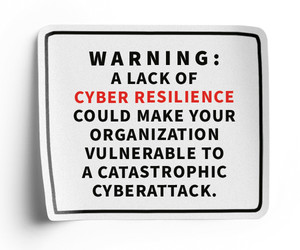How to Tackle Cybersecurity Regulations in Finance
Financial services organizations should ensure compliance by establishing incident response plans, which describe a company’s approach to handling a breach. Some regulations dictate what companies should include in an incident response plan, Nahra says.
The NYDFS calls for organizations to have cybersecurity policies that are reviewed and approved annually. Previously, regulations concentrated more on processes and best practices, Nahra says. Now, they are becoming more prescriptive, but multiple regulators are inconsistent, and their standards may conflict at times.
However, WilmerHale predicts that the Federal Trade Commission could adopt a portion of NYDFS Part 500 in the FTC’s Safeguards Rule. This rule took effect in 2003, but the FTC updated it in 2021 to incorporate new technology. It requires financial institutions to implement an information security program that includes “administrative, technical, and physical safeguards” to keep customer information secure. It also calls on organizations to conduct risk assessments.
Financial services companies benefit greatly from access management lifecycle policies and practices that leverage a zero-trust approach for privileged and nonprivileged users. One benefit of a mature zero-trust strategy is that it limits the damage if a breach occurs, Burke says.
DIG DEEPER: Why cybersecurity risks are more expensive for financial services.
Meanwhile, Nahra recommends that companies avoid changing their cybersecurity programs blindly based on regulations.
“I would look at any of these new standards — whether it’s a law, a regulation, a National Institute of Standards and Technology standard, a contract requirement, whatever it is — and I would say, ‘Do we do this? Should we do something instead of this?’” Nahra says. “And I would factor into your thinking whether somebody else is telling you to do it differently.”
He notes that regulations get tested after a breach takes place. Organizations often shore up security programs when peers suffer an attack, given the industry spillover effect.
“If you happen to be the one that has the breach, you should figure out what caused it, why it happened and whether you could have done something to prevent it. Then try to move on and improve,” Nahra says. “Security needs to be a constant evolution.”














